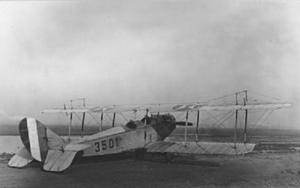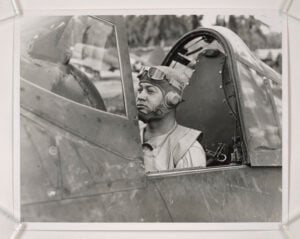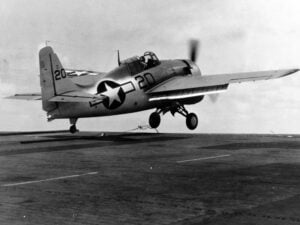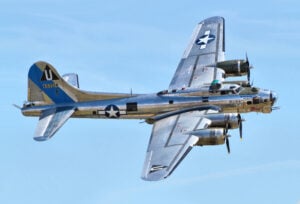The Crazy Reason Why Hitler Put A Bounty On This B-17 Gunner
How good do you have to be for Adolf Hitler to put a bounty on your head? For Clark Gable, the “King of Hollywood,” it was his charm and on-screen presence that made him a favorite of Hitler’s. The dictator admired Gable’s characters so much that he placed a $5,000 bounty (equivalent to $100,000 today) on Gable’s head, ordering that the actor be captured alive to star in propaganda films.
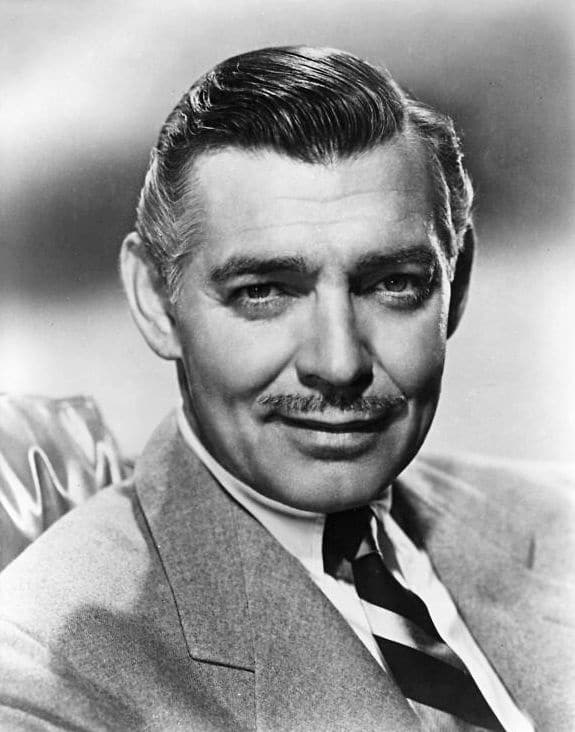
Joining the War Effort
In January 1942, tragedy struck Gable’s life. Just weeks after the Pearl Harbor attack, his wife, actress Carol Lombard, died in a plane crash while returning from a war bond tour. Devastated, Gable chose to enlist in the U.S. Army Air Corps a few months later. Despite MGM Studios’ reluctance to risk their prized actor, Gable was determined to serve his country.
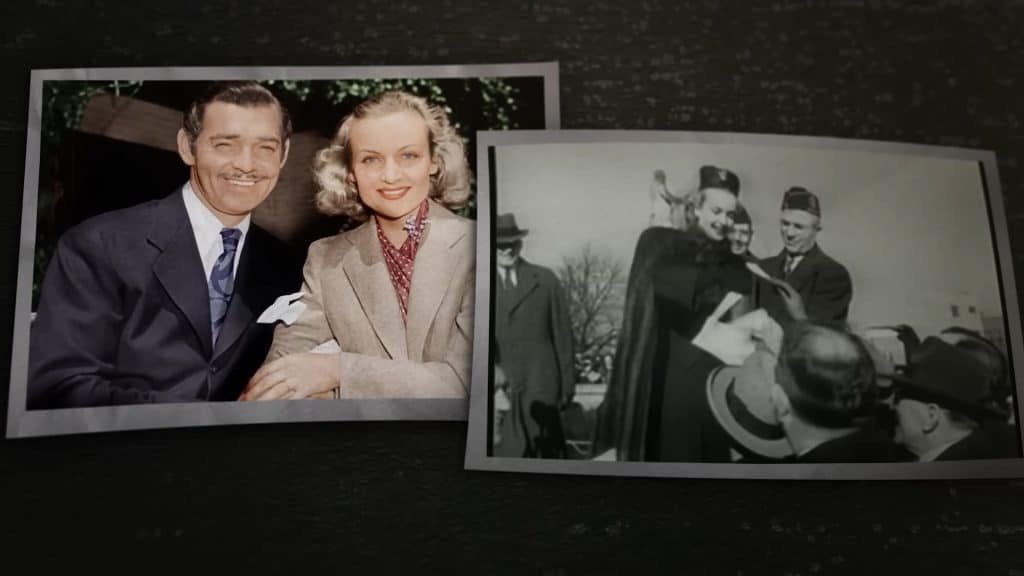
He was initially given a special assignment to make a film about aviators in England, but Gable wanted more. After completing gunnery training, he sought approval to fly in combat missions, eager to do his part on the frontlines.
A Close Call Over Europe
In 1943, Gable was sent to England and flew several “relatively safe” missions. However, on August 12, 1943, he joined the crew of a B-17 called “Ain’t It Gruesome” for a dangerous bombing raid over the Ruhr Valley, one of the first large-scale missions targeting the heavily defended industrial area.

As the bomber neared its target, it was separated from the main group by thick clouds, heavy flak, and German fighters. Gable recorded footage of flak bursting dangerously close to their plane. Moments later, a 20mm flak round pierced through the fuselage, passing right where Gable had been standing. The round went through his shoe heel and exited the top of the plane. Had it exploded, Gable would have been killed.
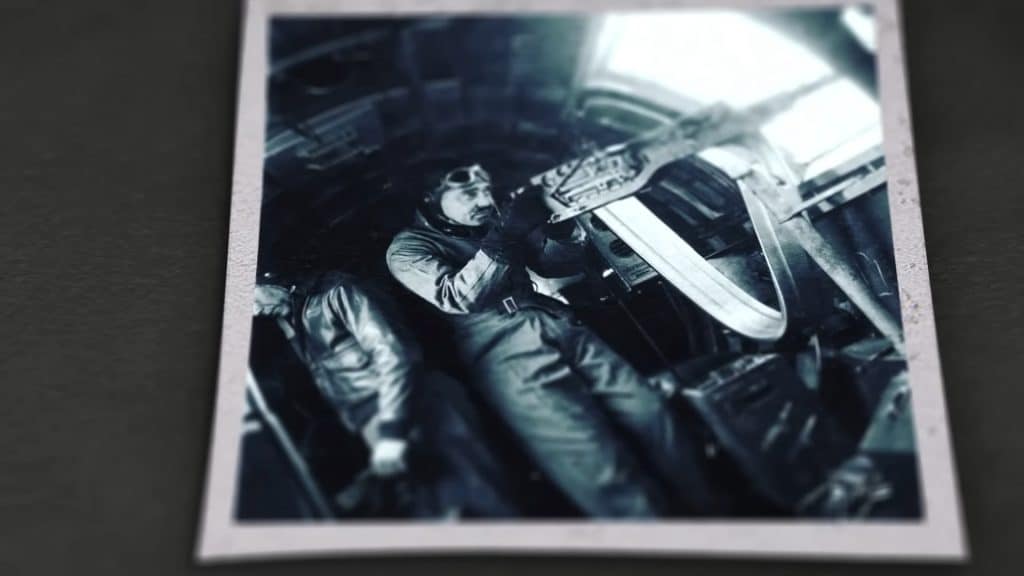
The bomber sustained further damage when a German fighter hit one of its engines, but the crew managed to limp back to England. Of the 183 B-17s on that mission, 23 were shot down, with 83 men killed and over 150 captured or wounded.
Combat America
When MGM Studios learned of Gable’s close call, they pressured the Air Corps to pull him from the frontlines. By November 1943, Gable was removed from combat duty and brought home with 50,000 feet of color footage he had filmed during his missions.
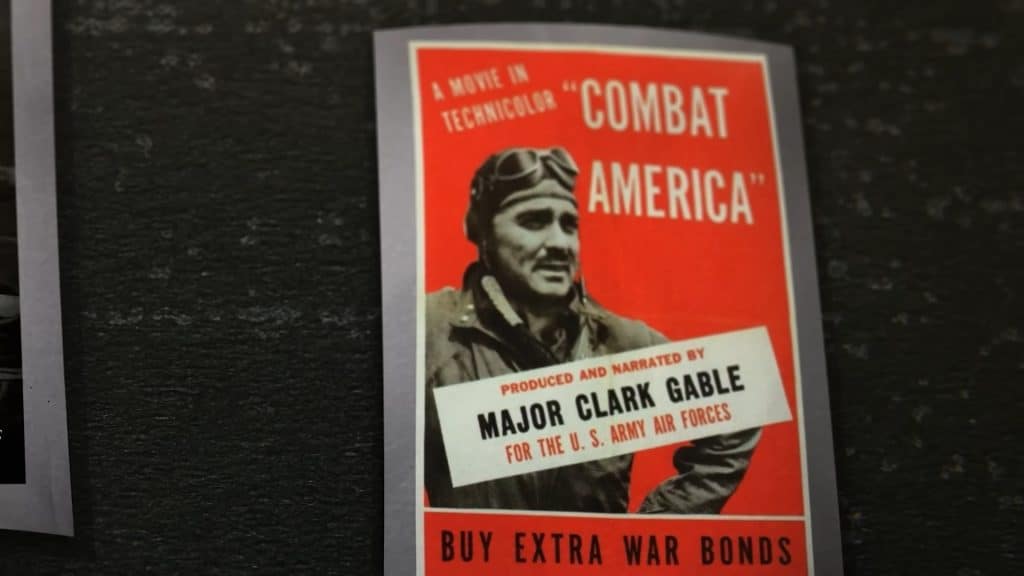
This footage became part of the 1945 documentary Combat America, which captured the daily life of a B-17 crew member during World War II. While Gable’s war service was brief, it was marked by courage, a near-death experience, and a contribution to the war effort both on and off the screen.














